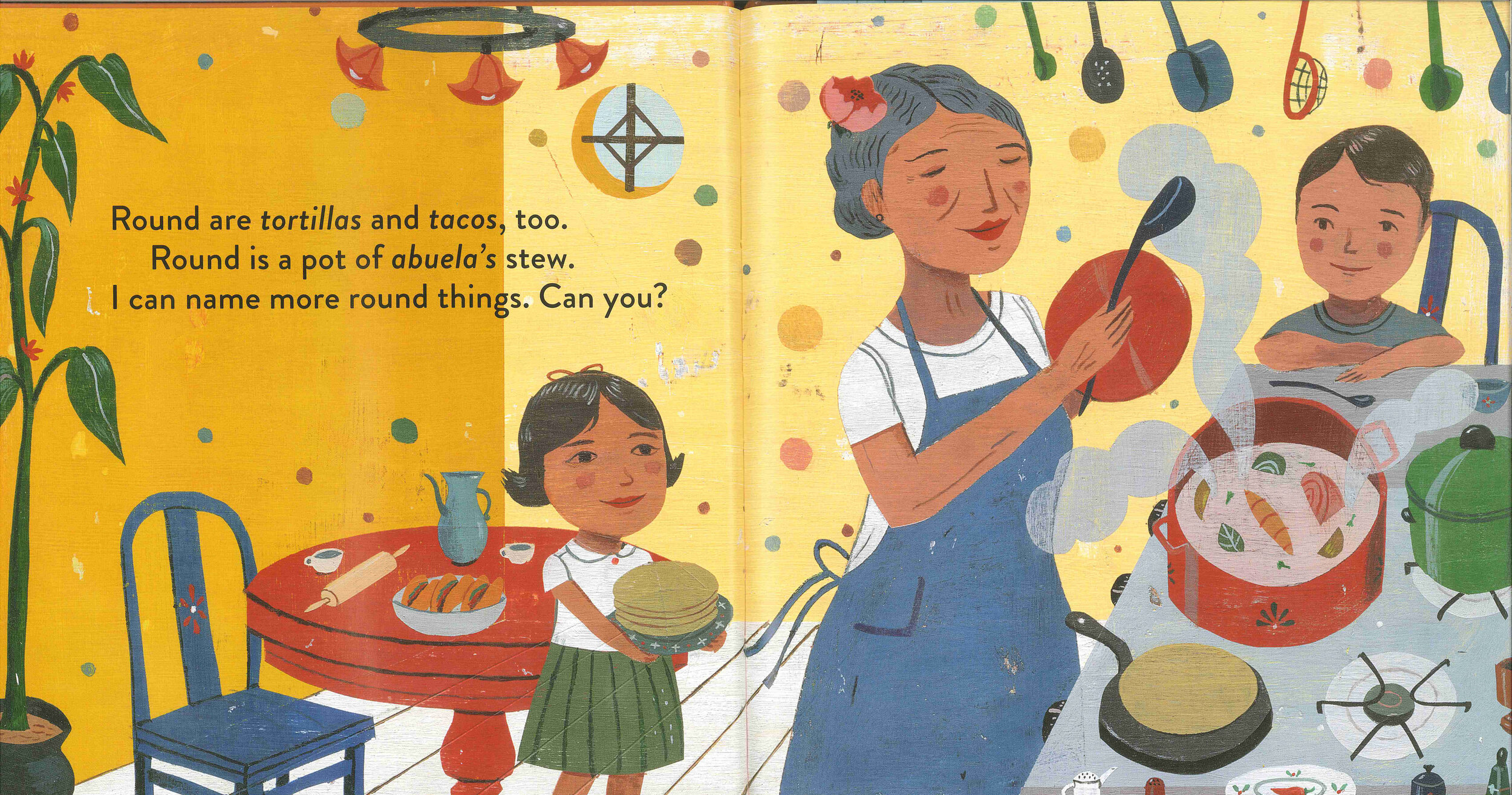By Omar Jawdat, Blog Intern
At Words Alive, we’re celebrating National Hispanic Heritage Month by taking a look at the history of this month and highlighting lively, cultural books on our curriculum list that connect with Hispanic history and culture! During this month, we recognize the significant contributions and the native heritage of Latin Americans that has existed in the United States since before its colonization. Hispanic Heritage Month began in 1968, beginning from September 15, which is the anniversary of the independence of five Latin countries, including Mexico, Costa Rica, El Salvador, Guatemala, Honduras, and Nicaragua. Today, 18% of the American population are of Hispanic/Latino origin. The term “Hispanic” or “Latino” refers to cultural and ethnic roots from the Carribean, South & Central America, or Spain.
It is important to incorporate Hispanic authors/characters in both children and young adult novels. It is also vital for students to be introduced to new and different cultures in order to raise awareness of what is happening around the world, as well as in our own country. Many students can also see themselves represented in these books, as it explores empathetic topics and other relatable themes of Hispanic heritage, culture, and language. Hispanic novels enrich and enhance multiculturalism in the classroom, as some students can relate to the characters and plots in these books, which are based off existing culture that is present today.
Here is a sample of books exploring Hispanic themes on our Read Aloud and Adolescent Book Group curriculum lists!
Read Aloud Program
An image of a page from Tortillas Are Round. The image features and adult cooking a stew while two young children help. The text says: “Round are tortillas and tacos, too. Round is a pot of abuela’s stew. I can name more round things. Can you?”
Tortillas Are Round by Roseanne Greenfield Thong is a book that focuses on teaching children about shapes, as well as comparing and identifying common objects with those shapes. The story is written in both English and Spanish, allowing the opportunity for students to learn new Spanish words.
Another book we’re proud to have on our list is Harvesting Hope: The Story of Cesar Chavez by Kathleen Krull. This story introduces students to one of the greatest civil rights leaders, Cesar Chavez, who led a 340-mile peaceful protest march in California, supporting workers’ rights for migrant farmers. The story also explores Cesar Chavez’s background of growing up in poverty with parents who slaved in the fields, having barely enough money to survive.
Adolescent Book Group
The Adolescent Book Group Program is proud to introduce students to Enrique’s Journey by Sonia Nazario. This is a true story of a brave Honduran boy who faces unimaginable hardships, as he journeys to reunite with his mother in the United States. At age 5, Enrique’s mother left Honduras to work in the U.S. to support her children. At age 16, Enrique ventures out alone from Tegucigalpa with nothing but a slip of his mother’s telephone number from North Carolina. Sonia Nazario is an award-winning journalist whose stories pertain to real world problems. This book, particularly, raises issues of immigration, explores perseverance, and depicts the danger and difficulties of travelling to the U.S. from Central America through Mexico.
An image of the book Like Water For Chocolate. Source: @fictionmatters on Instagram.
Like Water for Chocolate by Laura Esquivel is a fictional novel, which tells the story of a young girl named Tita who yearns to marry the love of her life, Pedro. However, according to her mother, Tita must follow the family tradition of the youngest daughter not marrying, but taking care of her mother until the day she dies. Pedro ends up marrying Tita’s older sister, Rosaura, instead. This causes Tita’s imense emotions to be infused with her cooking. Anyone who eats her food will feel intense sadness, happiness, longing, or anger. This story brings about themes of magical realism, love, happiness, lust, grief, and rebirth.
Sources:
ideas.demco.com/blog/hispanic-heritage-month/
www.hispanicheritagemonth.org/hispanic-heritage-month/70-national-hispanic-heritage-month-2019
www.wearelatinlive.com/article/3332/why-do-we-celebrate-hispanic-heritage-month



